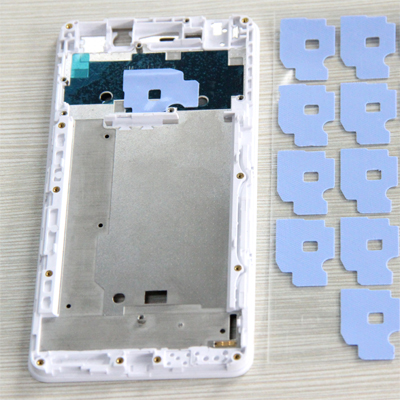
Most of today's college students have experience in assembling computers. After installing the CPU, they will install a cooling fan on the CPU. This is a common way for computers to dissipate heat. A lot of heat is generated, so these cooling devices are able to conduct excess heat away from the heat source, thereby reducing their temperature and ensuring normal operation.
Thermally conductive material is a general term for materials that are coated between the heating device and the cooling device and reduce the contact thermal resistance between the two. For example, before installing a cooling fan on a computer, a thin layer of thermally conductive silicone grease is applied on the surface of the CPU to fill the CPU. The gap with the cooling fan allows the heat to be quickly guided into the cooling device through the thermal grease, reducing the temperature of the heat source.
Most of the electronic products on the market need to use heat-conducting materials. Although the heat dissipation device is the main body of heat dissipation, the role of Thermally conductive material is also very important, which can improve the heat conduction of the equipment.

 English
English
 usheenthermal
usheenthermal



